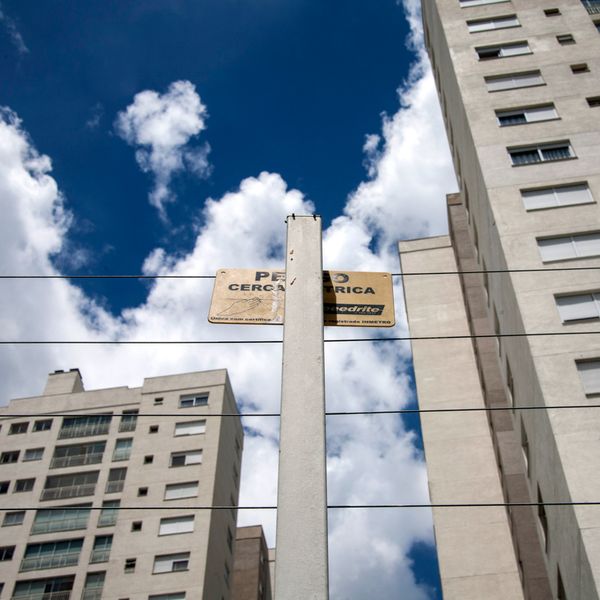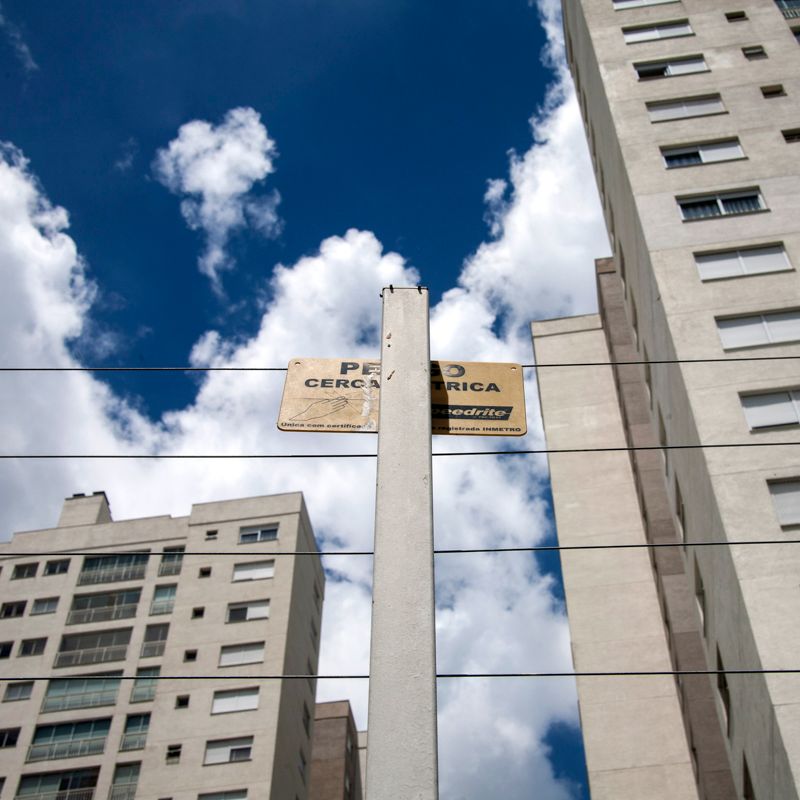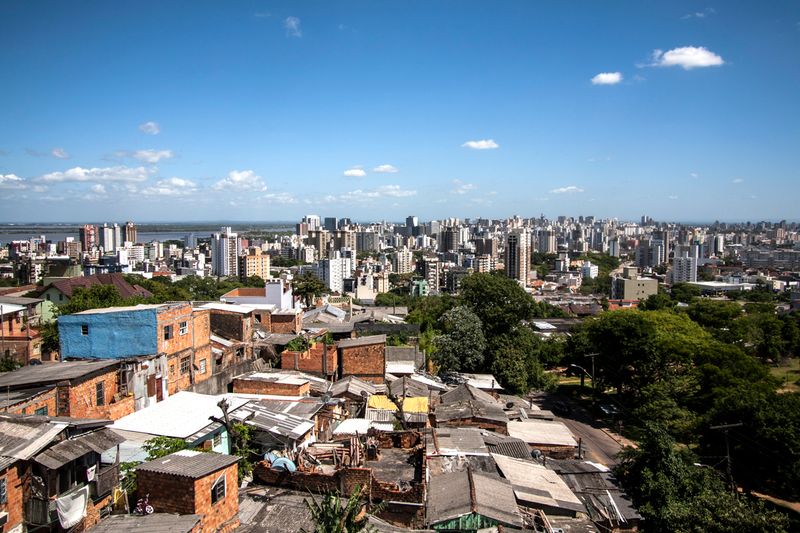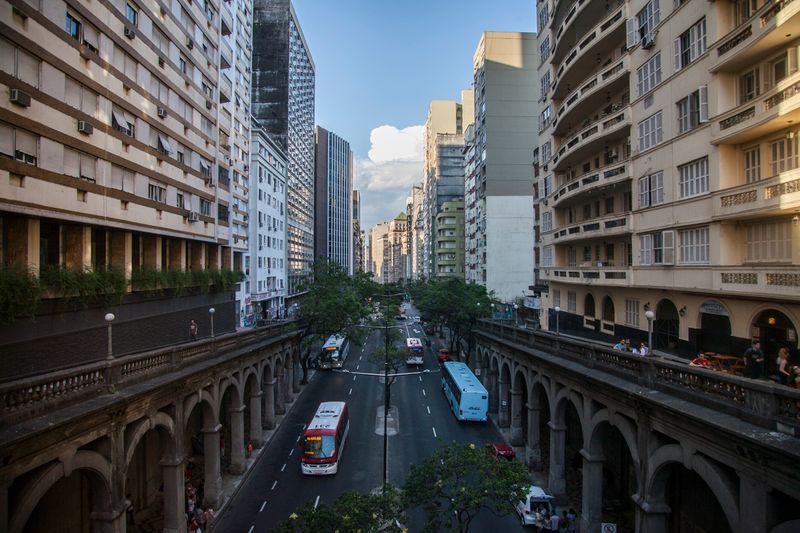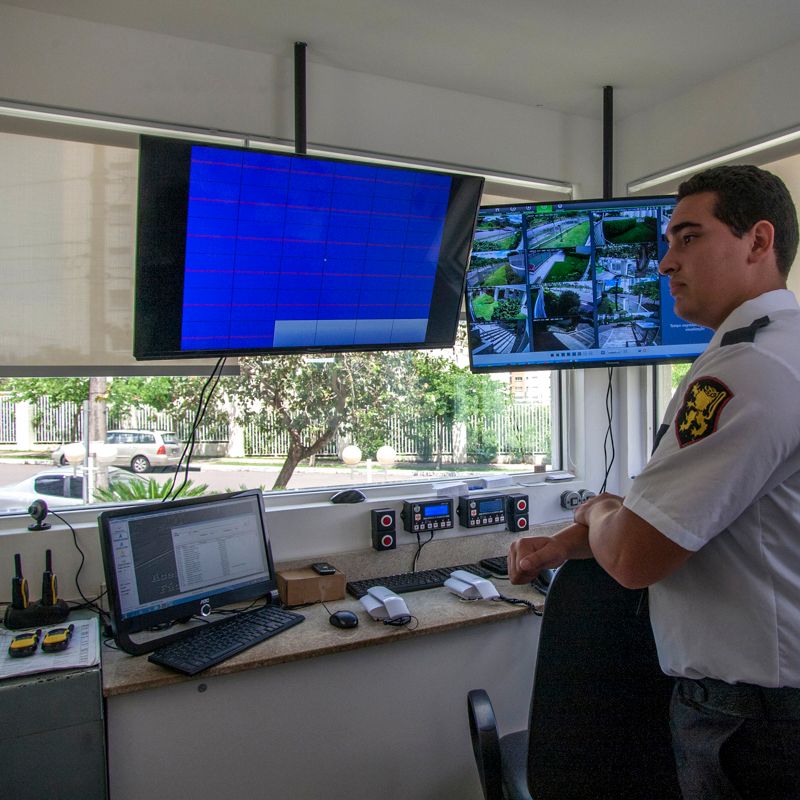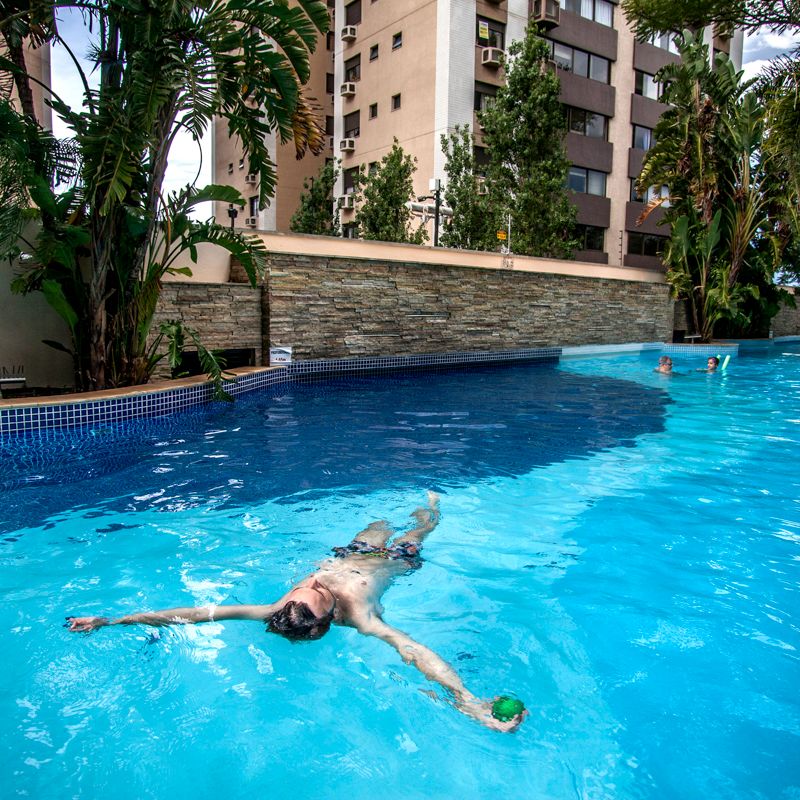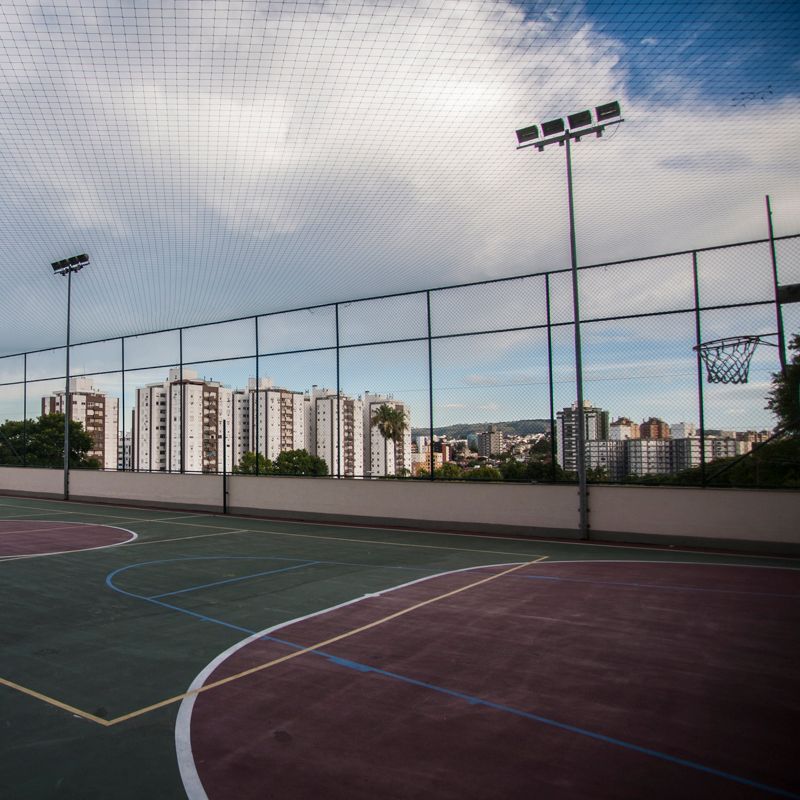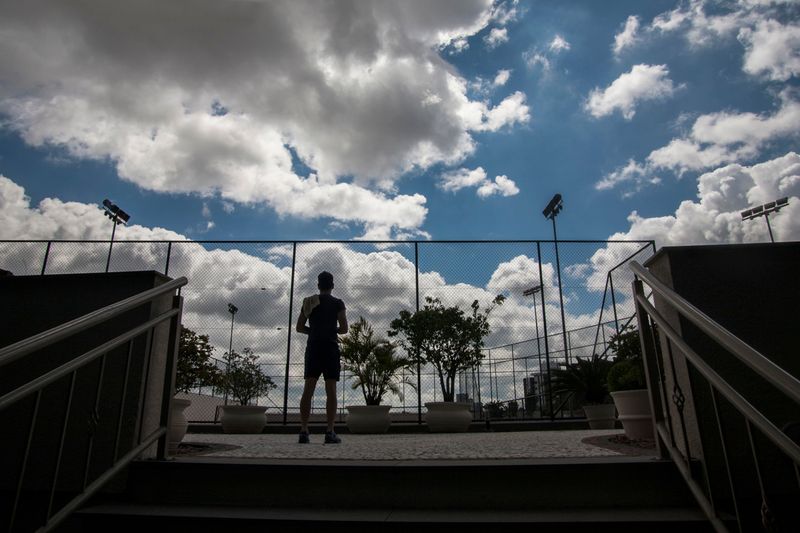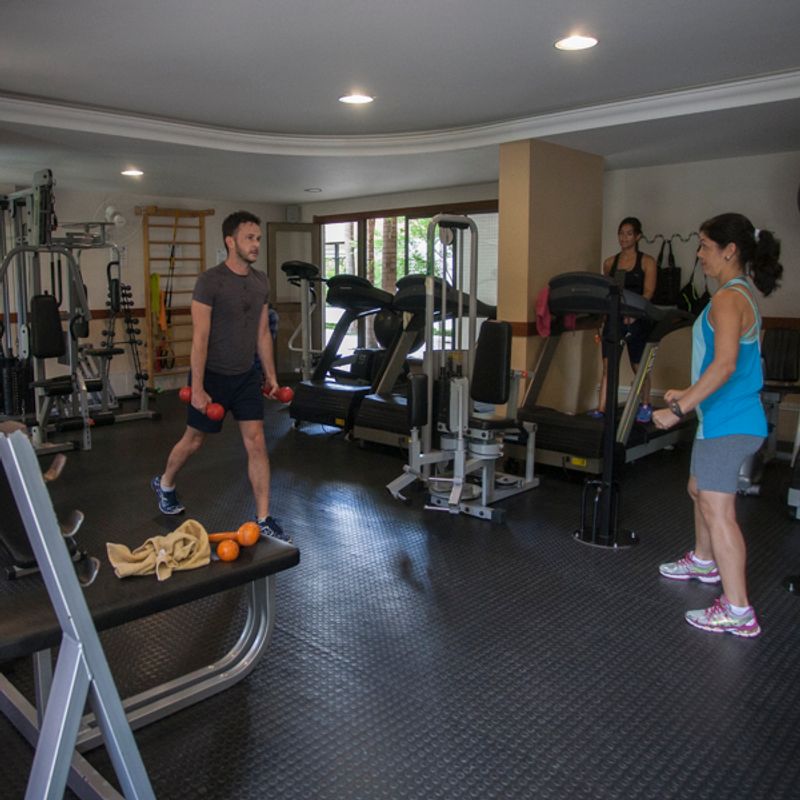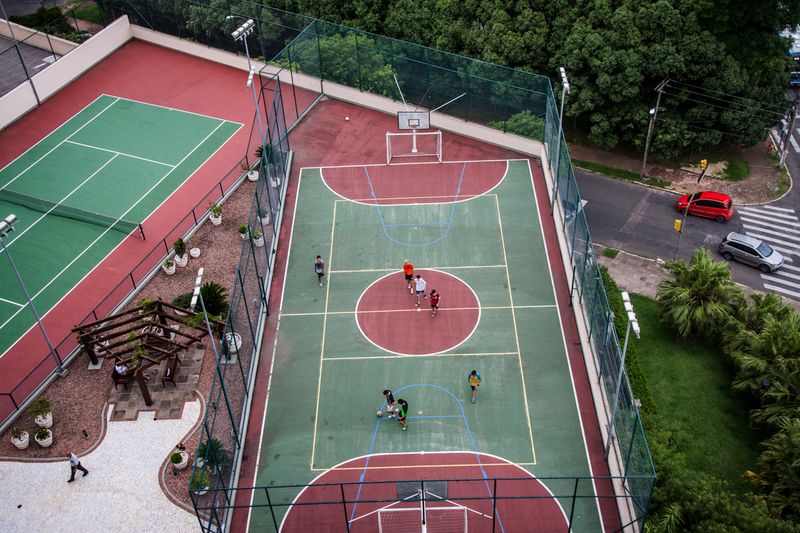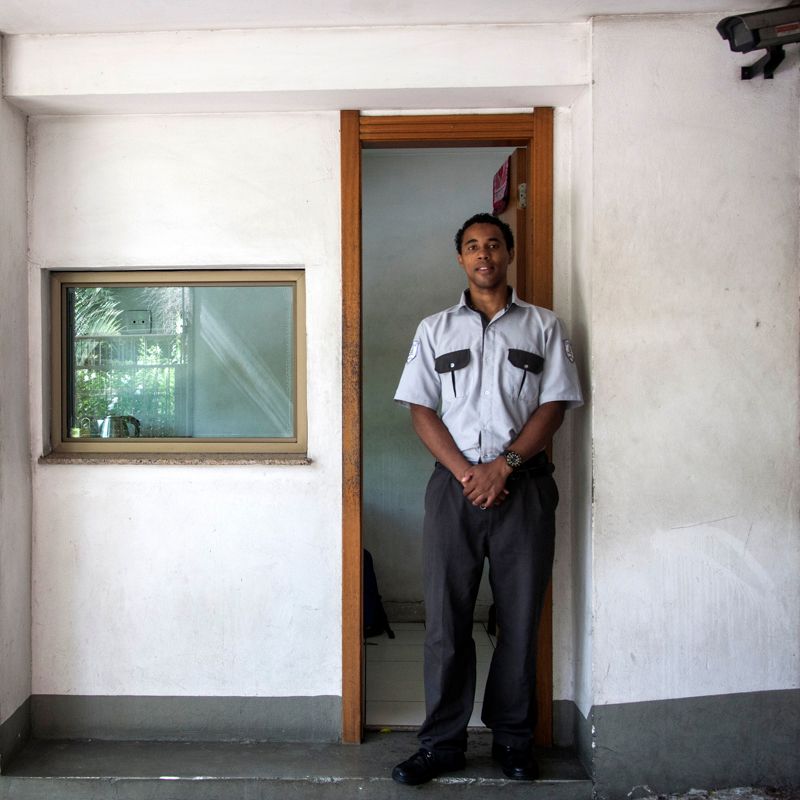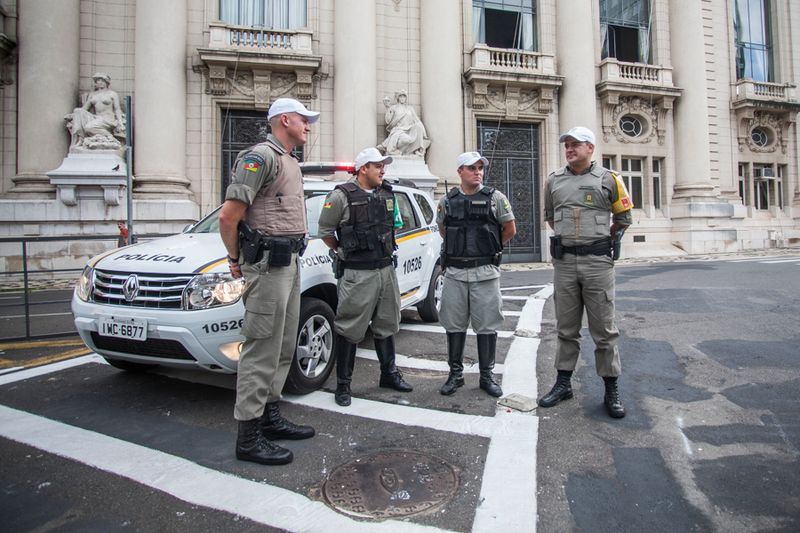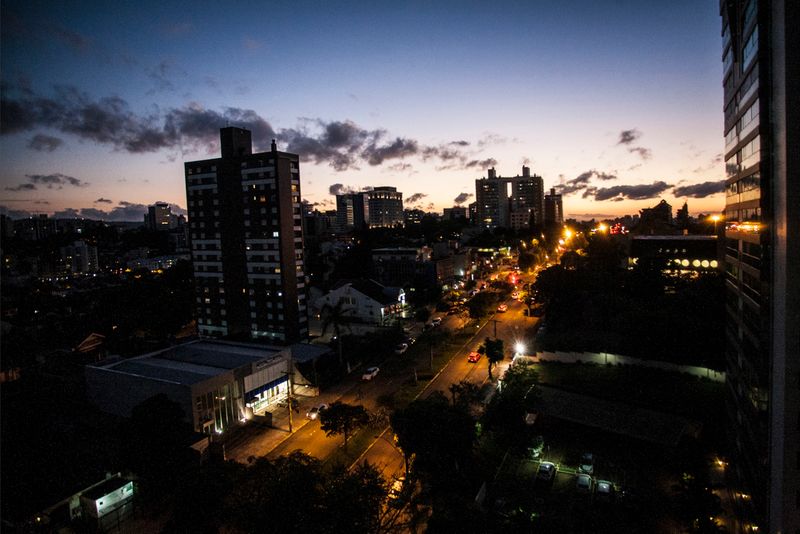Within boundaries
-
Dates2016 - 2017
-
Author
- Topics Daily Life, Documentary, Social Issues
- Location Porto Alegre, Brazil
A visual exploration inside Porto Alegre's gated communities
Brazil has witnessed a dramatic spike in criminal activity over the past few years, with areas mainly in the north-eastern region widely considered the most violent. Nonetheless, since 2014 the situation has been changing even in the southern part of the country, deemed to be less prone to criminality and disorders. One of the more notable cases is Porto Alegre, capital of the southern federal state of Rio Grande do Sul, which has undergone a rapid decline in its urban safety. Residents speak of assaults, robberies at gunpoint, flash kidnappings and increasing risk of attack, which has become rampant in a city marked by violence. These episodes take place amidst vast wealth inequality in Brazilian society, and a growing sense of fear and suspicion, affecting the way people live in the city and reshape its landscape. New physical boundaries, constructed as a response, mark the urban geography and underline formidable social frontiers, creating lives of isolation behind defensive walls for the inhabitants, and illusory protection from violence in the metropolis and the outer world.
These pictures were taken in Porto Alegre’s gated communities, known in Portuguese as condominios fechados, between November 2016 and January 2017. The fortified residences consist of groups of apartments or single houses that share areas like swimming pools, sports courtyards, gyms, playgrounds and party halls, all enclosed within a secure fenced barrier – long perimeters of electrified barbed wire decorate the first barrier, found upon entering from the street, constituting the external and public space, which is potentially the most dangerous.
Surveillance cameras are located at the corners of this first threshold that demarcates the internal and external worlds, as they are throughout the entire privatised public space for residents of the condominios. Once the most external barrier is passed, another series of checks, doors and gates finally leads to communal areas and single apartments.
Security employees are active 24 hours a day, along with workers who maintain green and recreational areas.
Since the inception of gated communities, Porto Alegre residents have been offered the promise of safe residential areas within their confines, and over time, the condominios have begun to annex even vaster portions of external public space, auguring a future in the privatised city that is socially and residentially segregated according to income.
